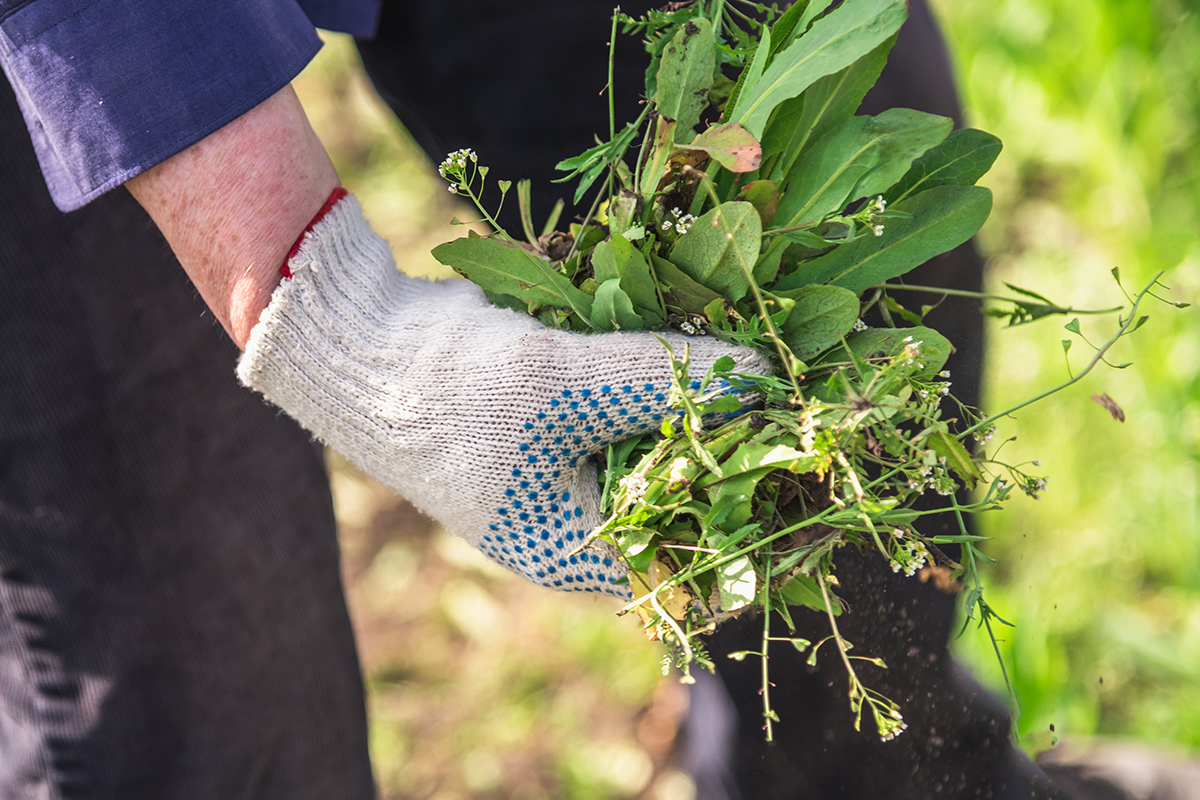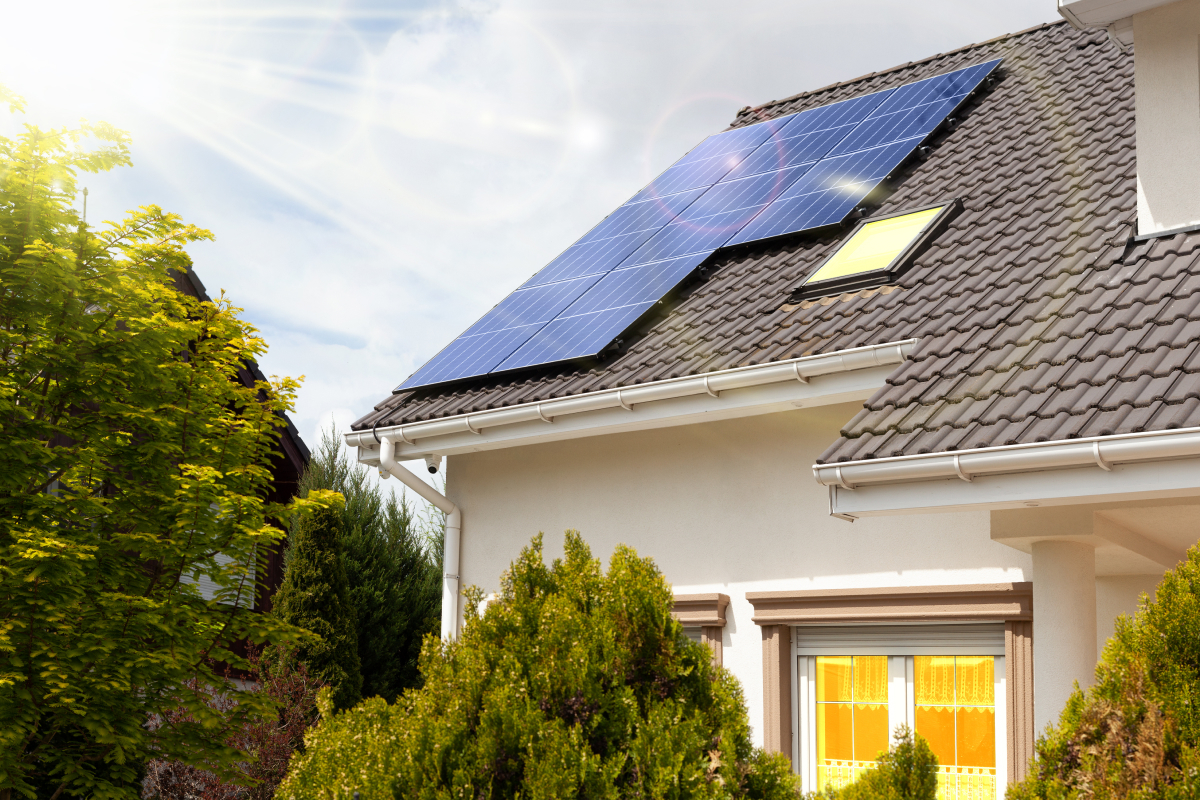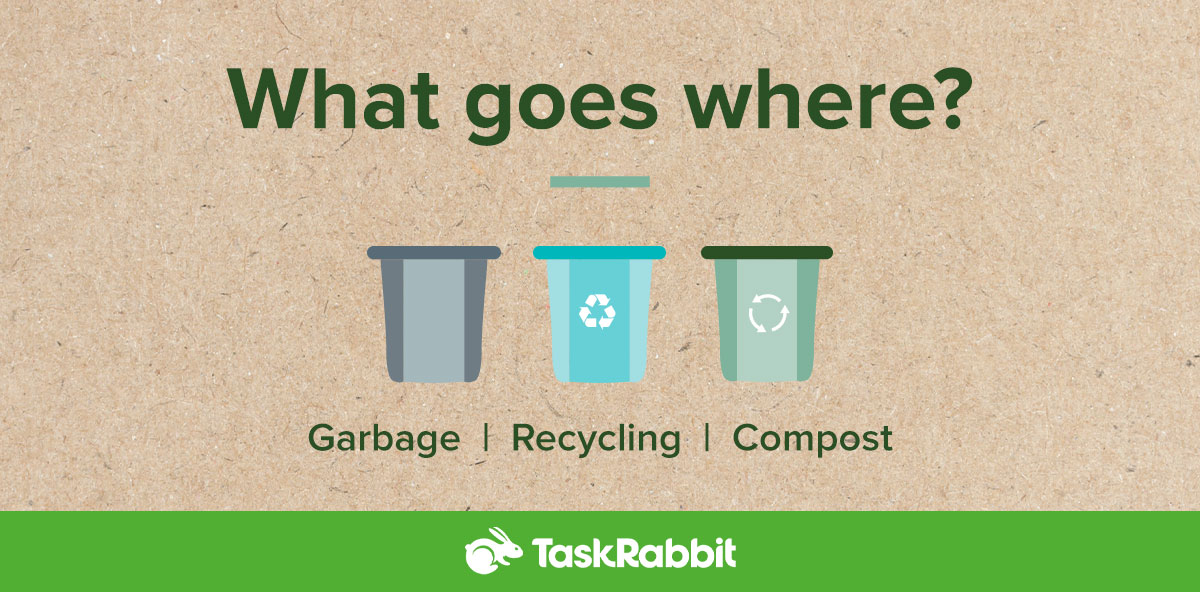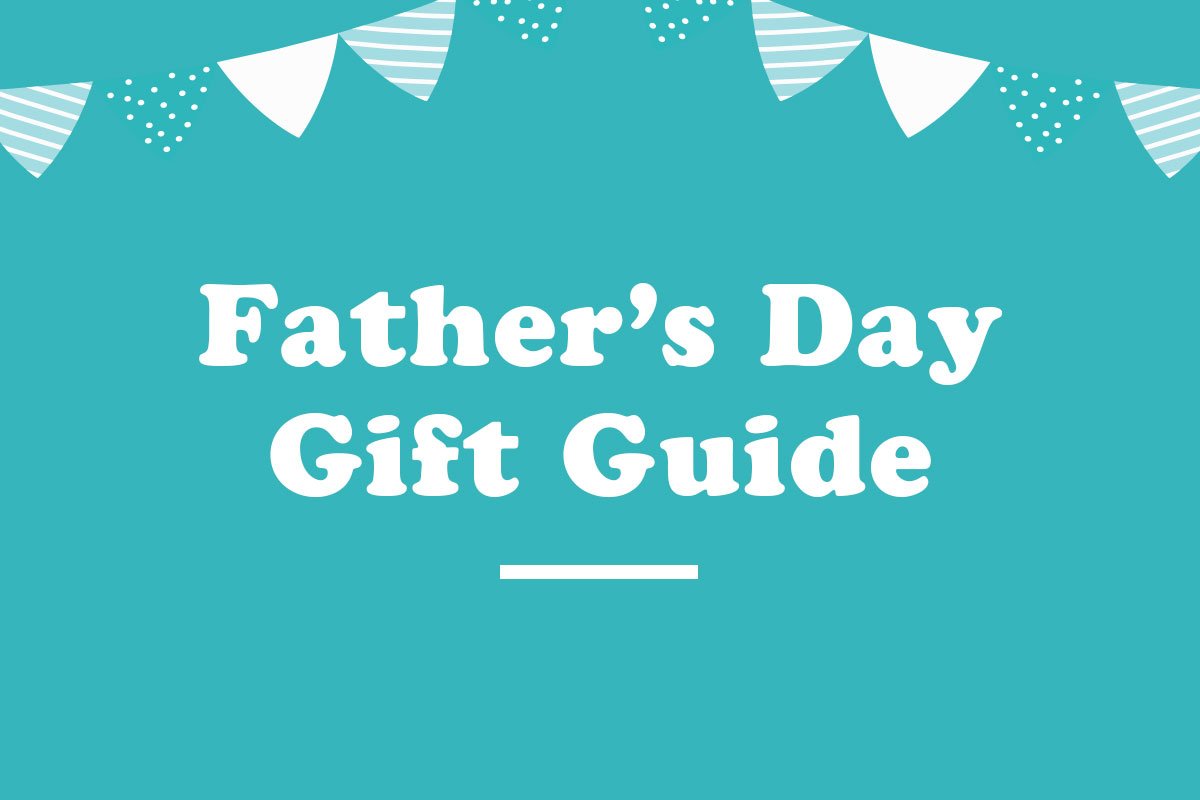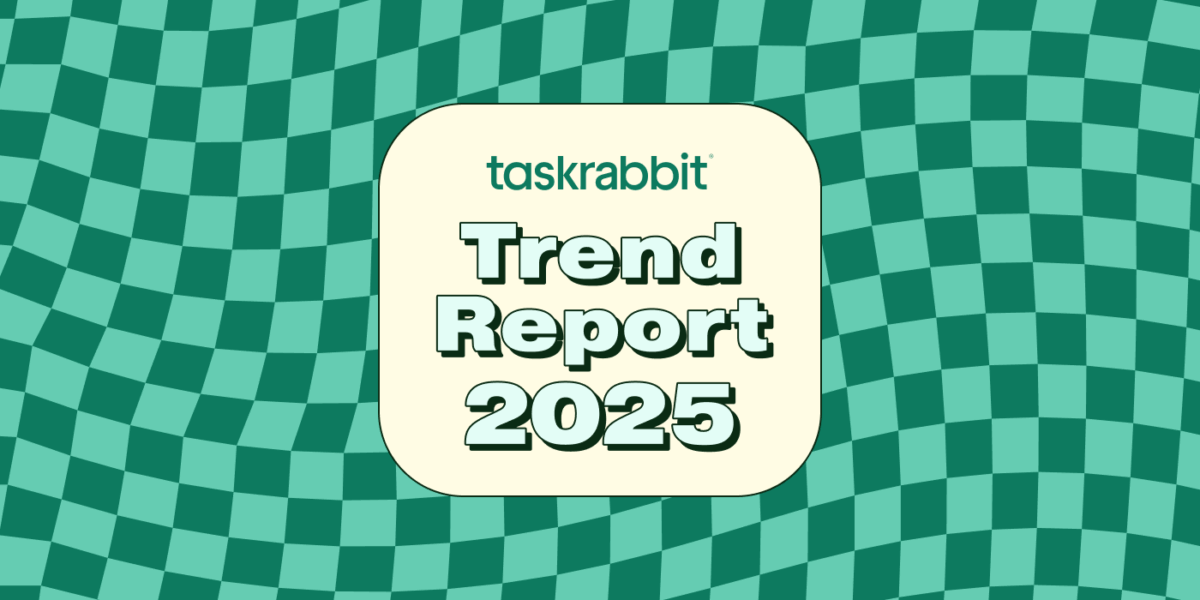Weeds are a problem that every homeowner faces when maintaining a lawn. There are many types of common lawn weeds, but they all share one characteristic: they’re never something you want hanging around your yard. Weeds can quickly overtake your grass and gardens, making them look unsightly and unhealthy. But what are weeds, and why is it important to keep them in check?
In this post, we’ll discuss some of the most common weeds and how to deal with them effectively. Let’s dive in!
What is a garden weed?
Weeds are defined as any unwanted plant that grows in an area where it is not wanted. They can be annuals, biennials, or perennials, and they come in a wide range of shapes, sizes, and colors. Some common types of weeds that can be found in lawns include dandelions, crabgrass, clover, and chickweed.
While some weeds may look harmless, they can have a negative impact on your lawn’s health by competing with your grass for water and nutrients. Additionally, weeds can attract pests and diseases that can harm your lawn even further. Therefore, it’s important to identify and control weeds before they become a problem.
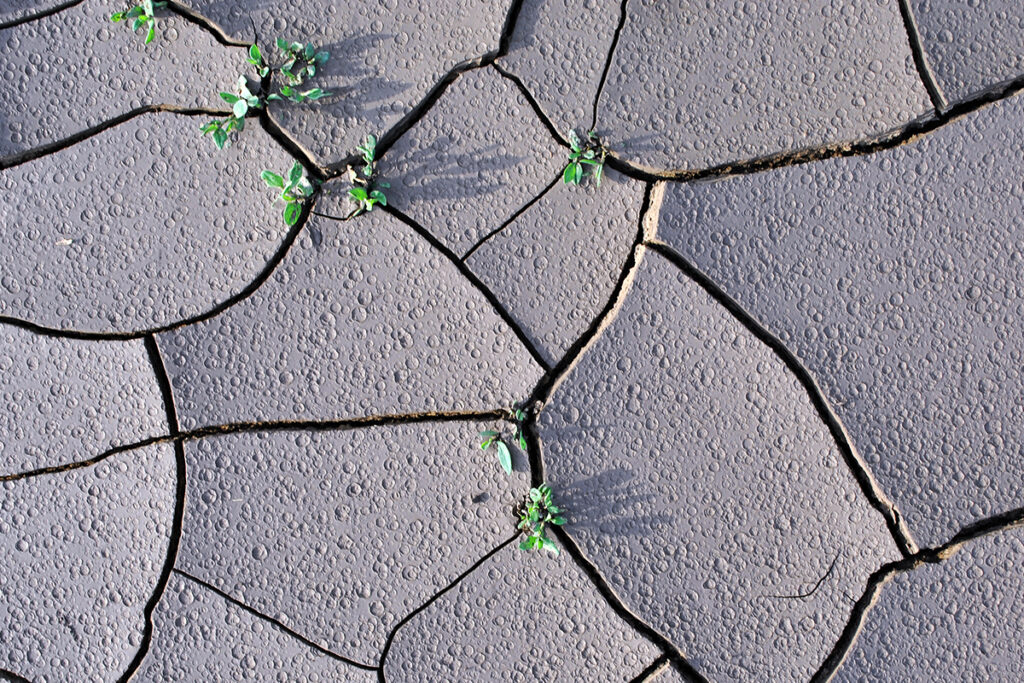
How To Prevent Common Weeds
Preventing common lawn weeds can be a challenging task, but there are several measures you can take to keep them under control. Here are some tips on how to prevent weeds from taking over your yard:
- Mow your lawn regularly: Keeping your grass at the right height can help prevent weeds from sprouting up. Set your mower blade at the appropriate height for your grass type, and mow regularly to discourage weed growth.
- Water your lawn deeply: Deep watering can encourage deep root growth in your grass, which can help it compete with weeds for water and nutrients. Water your lawn deeply once or twice a week instead of watering it frequently and shallowly.
- Fertilize your lawn: A healthy lawn is better able to resist many types of weeds. Use a quality fertilizer with the right balance of nutrients for your grass type, and apply it at the recommended intervals.
- Pull weeds by hand: If you spot a common garden weed, pull it out by the root as soon as possible to prevent it from spreading. This method is most effective for small infestations or individual weeds.
- Use weed killers: If you have a large weed problem, you may need to use a weed killer. Choose a product that is labeled for use on your specific type of lawn, and follow the instructions carefully.
By taking these preventive measures, you can keep common grass weeds under control and maintain a healthy, beautiful lawn.
10 Types of Common Weeds And What To Do About Them
While weeds can vary depending on your geographical region, here are ten of the most common garden and lawn weeds you’ll find lurking around your yard:
Crabgrass
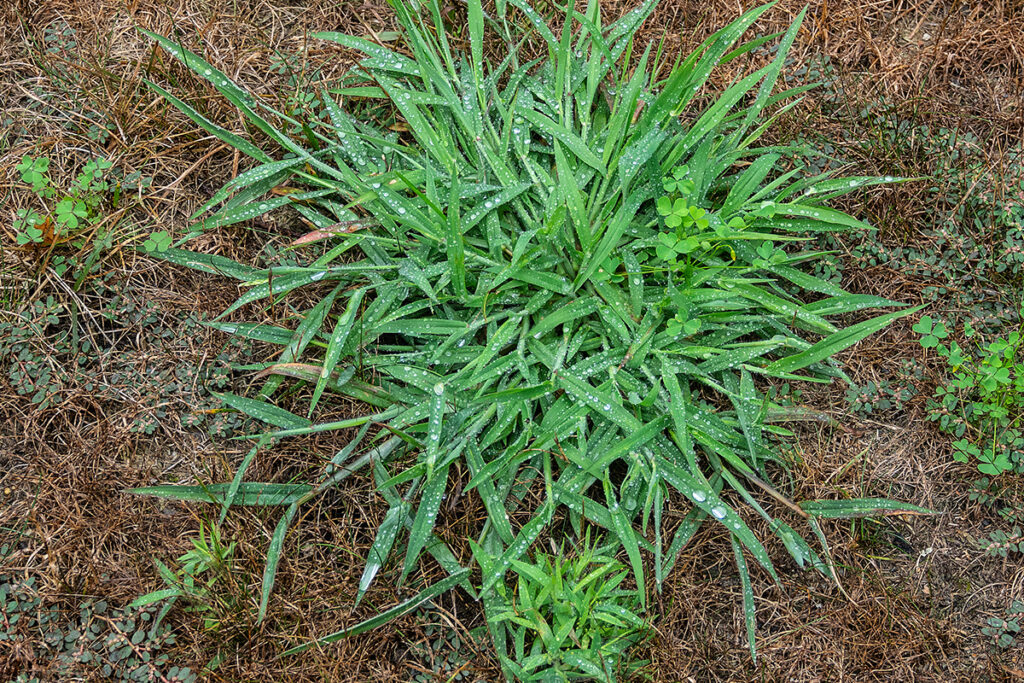
This is an annual weed that looks like a larger version of grass. It grows fast and has wide leaves that can smother grass and other plants.
How to prevent Crabgrass: Crabgrass dies each fall, leaving behind seeds that germinate each spring. It’s best to remove these weeds by hand as you see them, but if the infestation has already progressed, you may need to use an herbicide containing quinclorac, which can help kill crabgrass.
Dandelions
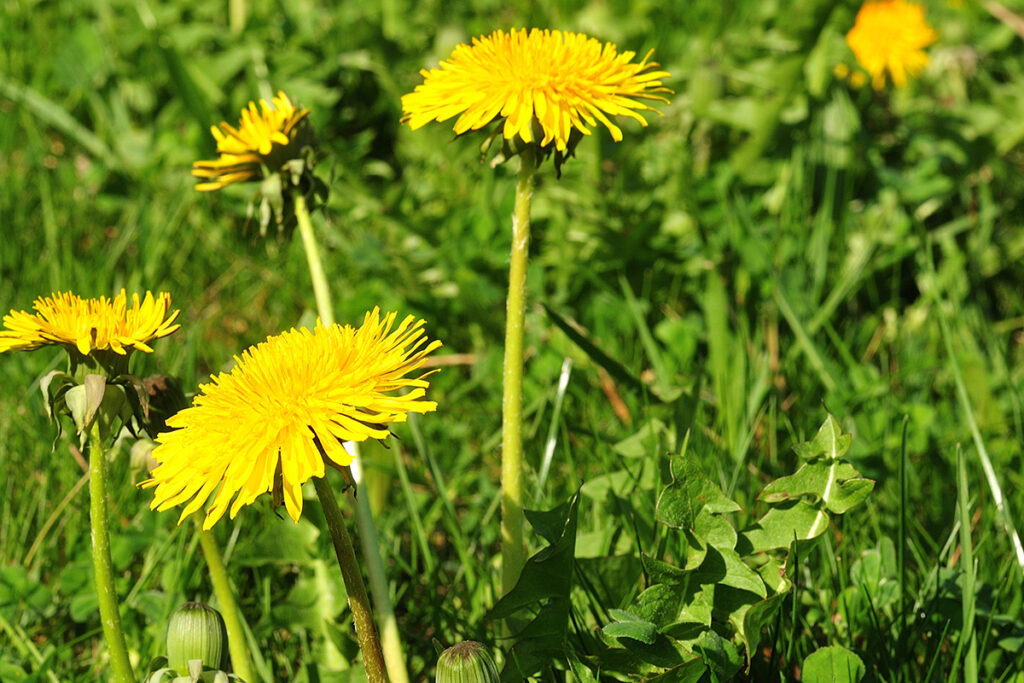
This perennial weed has yellow flowers and a deep taproot that can be difficult to remove.
How to prevent dandelions: You can deal with dandelions in two ways: digging them up or using an herbicide meant for dandelions (particularly with a Trimec formulation including 2,4-D, mecoprop and dicamba). If you dig up the dandelions, you’ll have to remove the full taproot. If you don’t, the plant will come back.
White clover
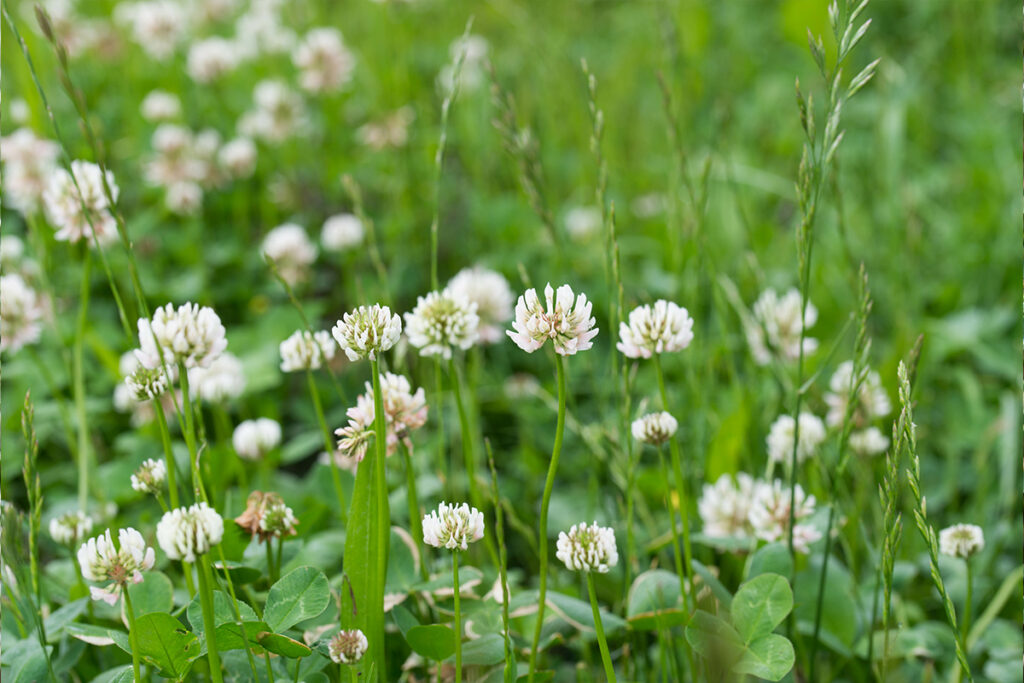
This low-growing perennial weed has white flowers and can spread quickly.
How to prevent white clover: As with other types of weeds, you can either remove white clover plants by hand or use an herbicide to remove it—particularly one that includes dicamba, clopyralid, fluroxypyr, and quinclorac.
Plantain
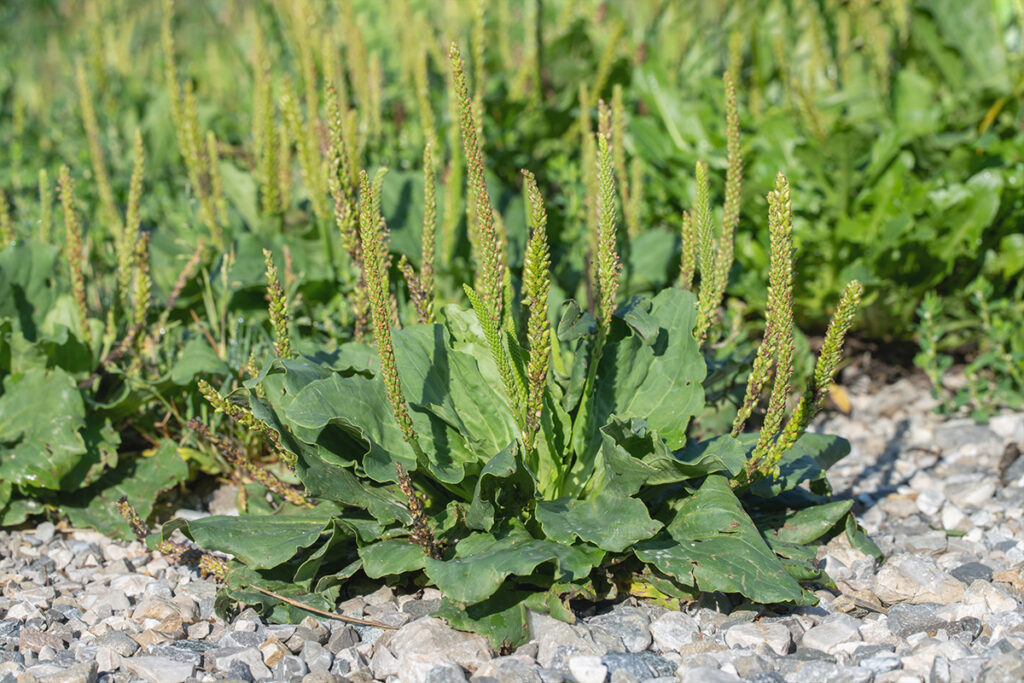
This perennial weed with broad leaves can grow in compacted soil and tolerate foot traffic.
How to prevent plantain: If you don’t want to dig up each weed (including the root), you can use a pre-emergent herbicide containing isoxaben, flumioxazin, or indaziflam to limit growth. You can also do postemergent spot treatments on plantain weeds with nonselective, systemic herbicides like glyphosate.
Common chickweed
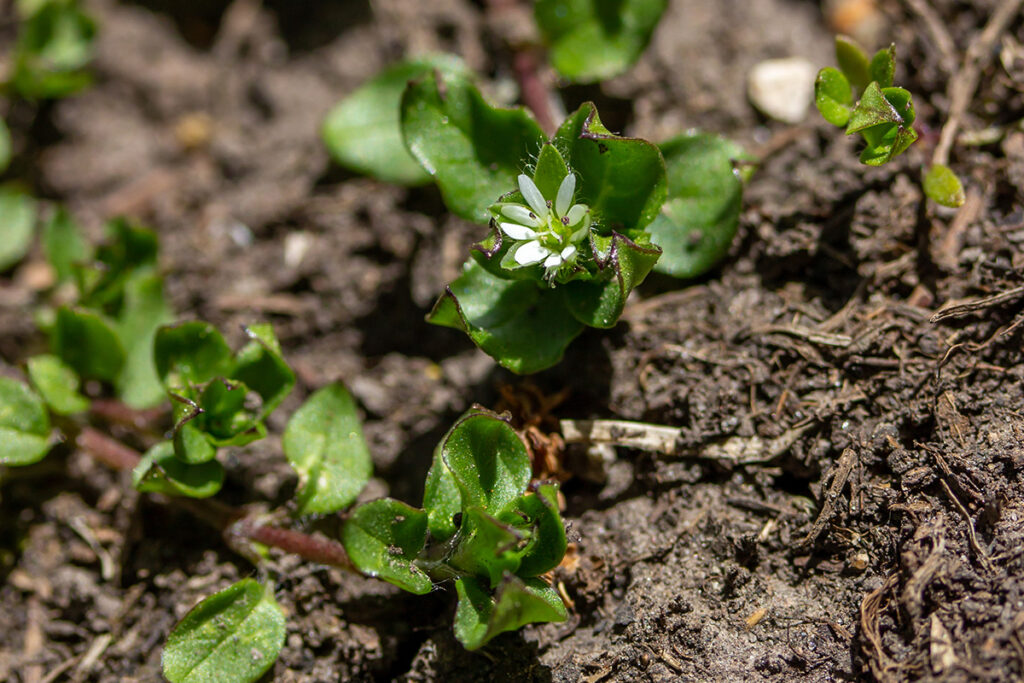
This low-growing annual weed has small white flowers and can spread rapidly in moist conditions.
How to prevent common chickweed: If you pull out common chickweed by hand early in its growth phase and when its soil is dry, it can be easy to control. You can also use a post-emergent broadleaf herbicide. A pre-emergent herbicide can also work if you apply it to your entire lawn in September!
Broadleaf plantain
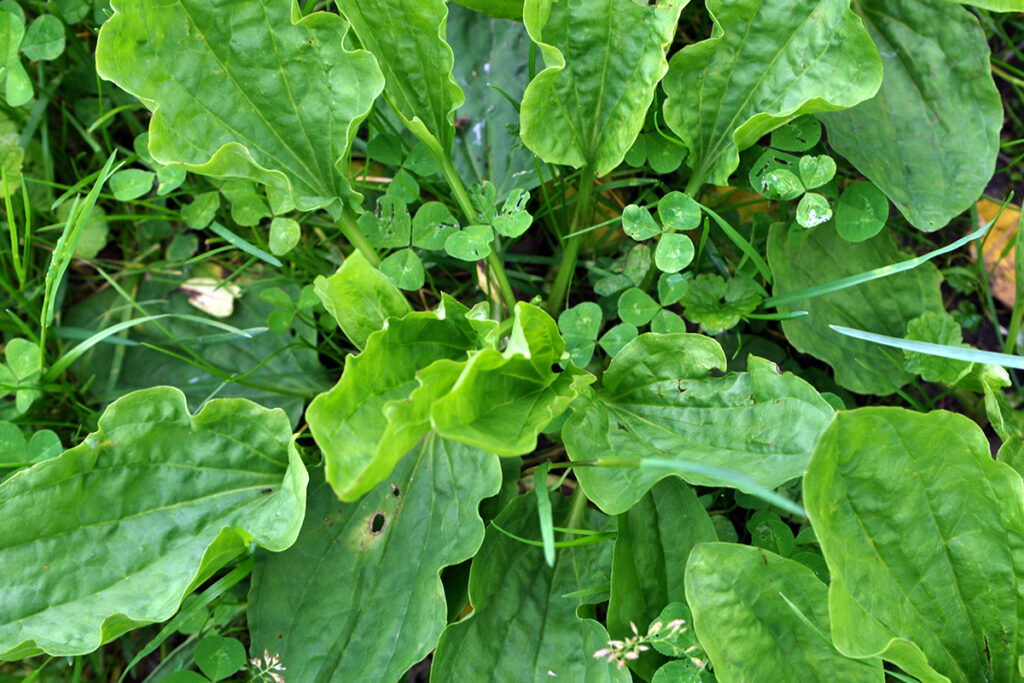
This perennial weed with large leaves can grow in compacted soil and tolerate foot traffic.
How to prevent broadleaf plantain: You can dig up broadleaf plantain by the root or spot treat it with a chemical herbicide. Broadleaf plantain grows in heavy, compacted soil, so you’ll also need to aerate the soil and improve drainage to prevent regrowth.
Creeping Charlie
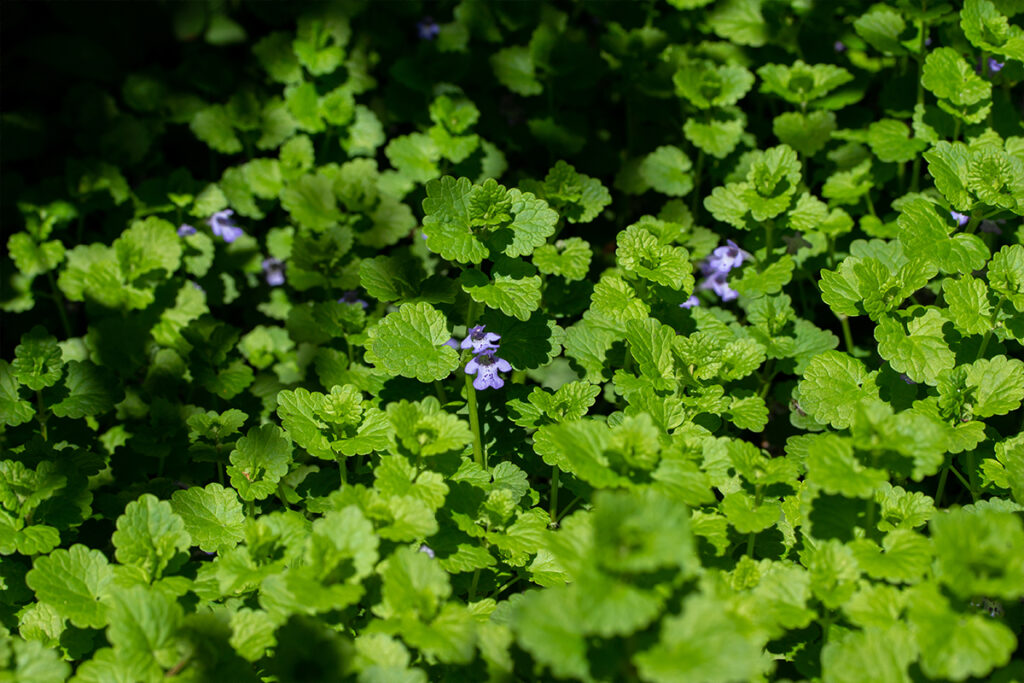
This low-growing perennial weed with purple flowers can smother other plants.
How to prevent creeping Charlie: This weed survives best in moist and shaded areas. It’s best to deal with this weed with a post-emergent herbicide that includes salt of dicamba (3, 6-dichloro-o-anisic acid) or triclopyr.
Annual Bluegrass
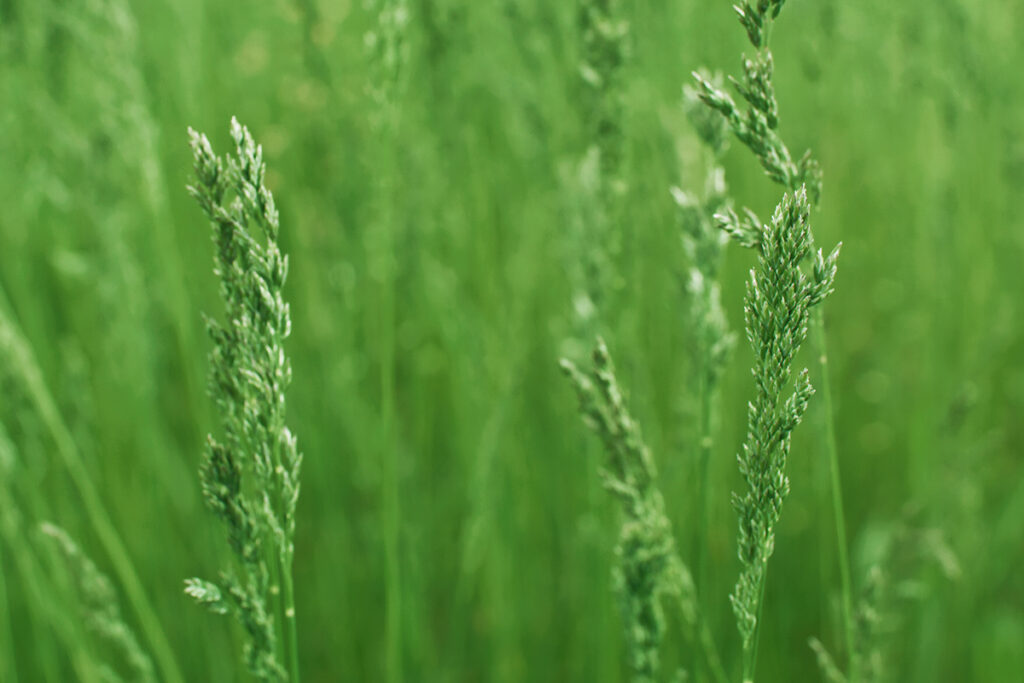
This fast-growing annual weed has fine leaves and can form clumps that will eventually take over a lawn.
How to prevent annual bluegrass: When it comes to preventing annual bluegrass with a pre-emergent herbicide (like bensulide, dithiopyr, pendimethalin. and prodiamine), application must take place in late summer or early fall. If possible, you may want to apply the herbicide again during the winter. If you choose to hand pull or use a hoe to remove annual bluegrass, it must be done frequently.
Yellow nutsedge
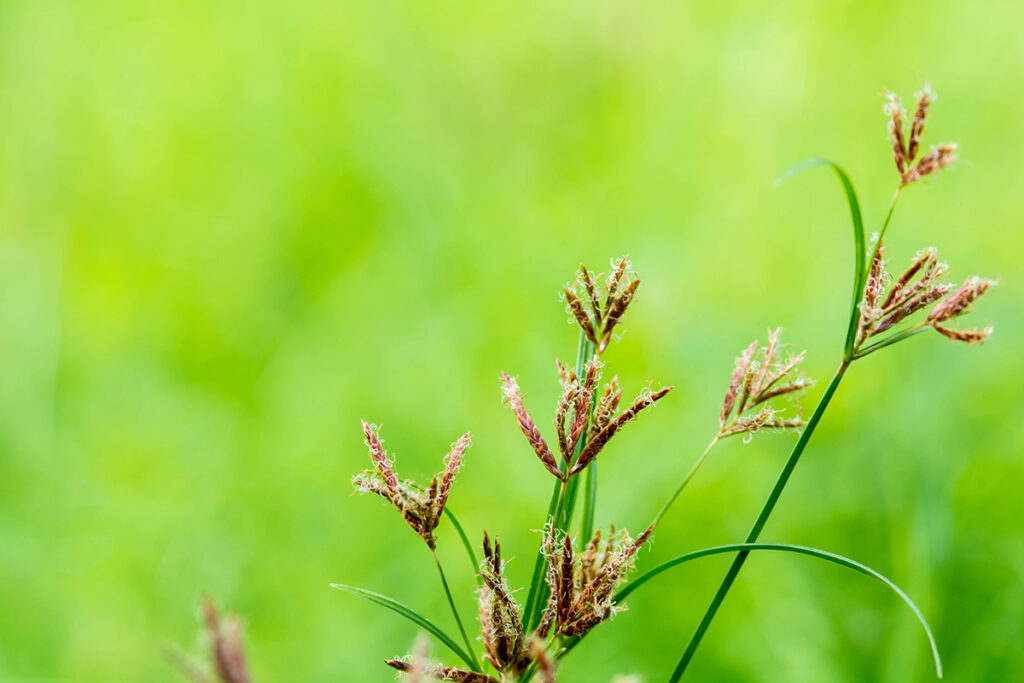
This perennial weed has triangular stems and yellowish-brown flowers. It grows mostly in wet soil.
How to prevent yellow nutsedge: You’ll see yellow nutsedge thrive during the hottest parts of the summer, especially in northern areas. To treat or prevent it, you can use a post-emergent herbicide containing halosulfuron or sulfentrazone.
Prostrate knotweed
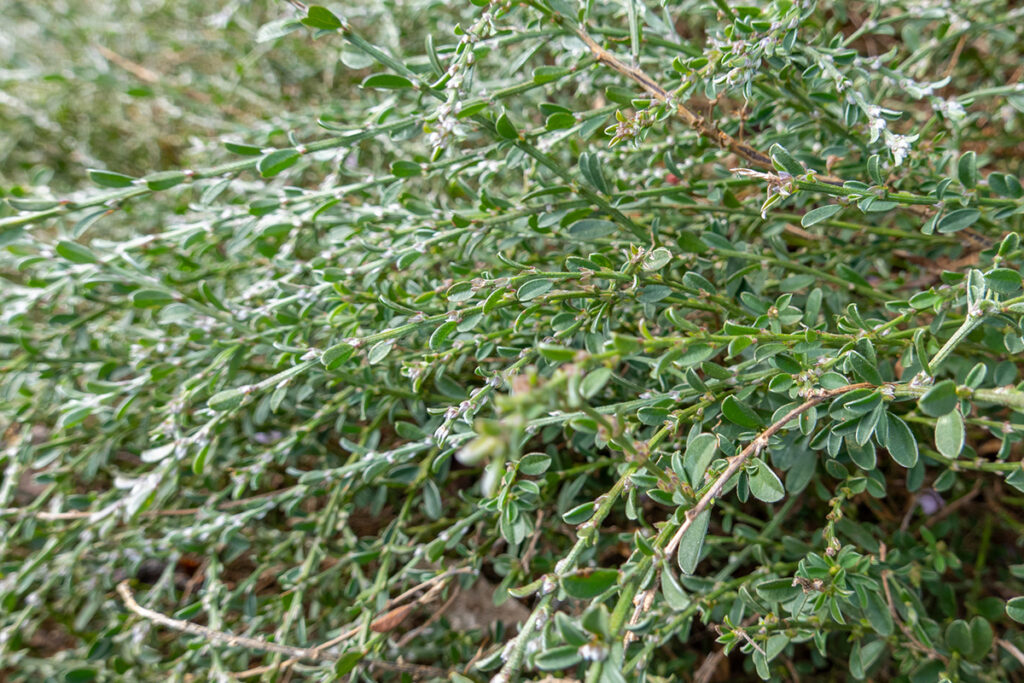
This low-growing annual weed has small greenish-white flowers and can tolerate foot traffic and dry soil.
How to prevent prostrate knotweed: To prevent prostrate knotweed, it’s best to use a pre-emergent herbicide before seed germination takes place. The great news is that there are many herbicides to treat this weed—just look for one containing atrazine, dithiopyr, oxadiazon, pendimethalin, prodiamine and trifluralin.
There are many other types of weeds that can be found in gardens and lawns, but if you identify and control them early—or perhaps hire a Tasker to do so—you can prevent them from overtaking your yar
Last updated on March 7, 2024 by ana.suarez@graphitehq.com

